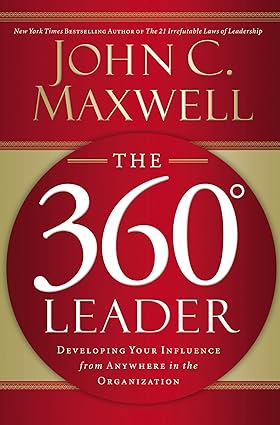Marie-Henri Beyle (French: [bɛl]; 23 January 1783 – 23 March 1842), better known by his pen name Stendhal (UK: /ˈstɒ̃dɑːl/, US: /stɛnˈdɑːl, stænˈ-/;[1][2][3] French: [stɛ̃dal, stɑ̃dal]),[a] was a 19th-century French writer. Best known for the novels Le Rouge et le Noir (The Red and the Black, 1830) and La Chartreuse de Parme (The Charterhouse of Parma, 1839), he is highly regarded for the acute analysis of his characters’ psychology and considered one of the early and foremost practitioners of realism.
Contemporary readers did not fully appreciate Stendhal’s realistic style during the Romantic period in which he lived. He was not fully appreciated until the beginning of the 20th century. He dedicated his writing to “the Happy Few” (in English in the original). This can be interpreted as a reference to Canto 11 of Lord Byron’s Don Juan, which refers to “the thousand happy few” who enjoy high society, or to the “we few, we happy few, we band of brothers” line of William Shakespeare’s Henry V, but Stendhal’s use more likely refers to The Vicar of Wakefield by Oliver Goldsmith, parts of which he had memorized in the course of teaching himself English.[14]



















